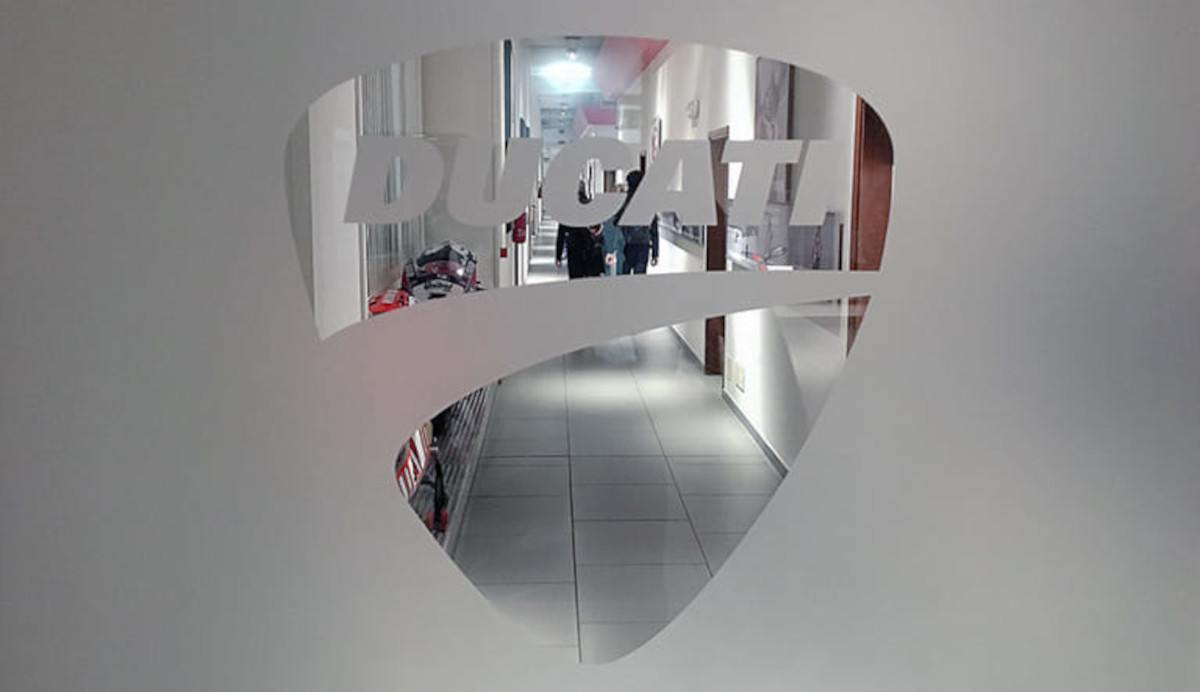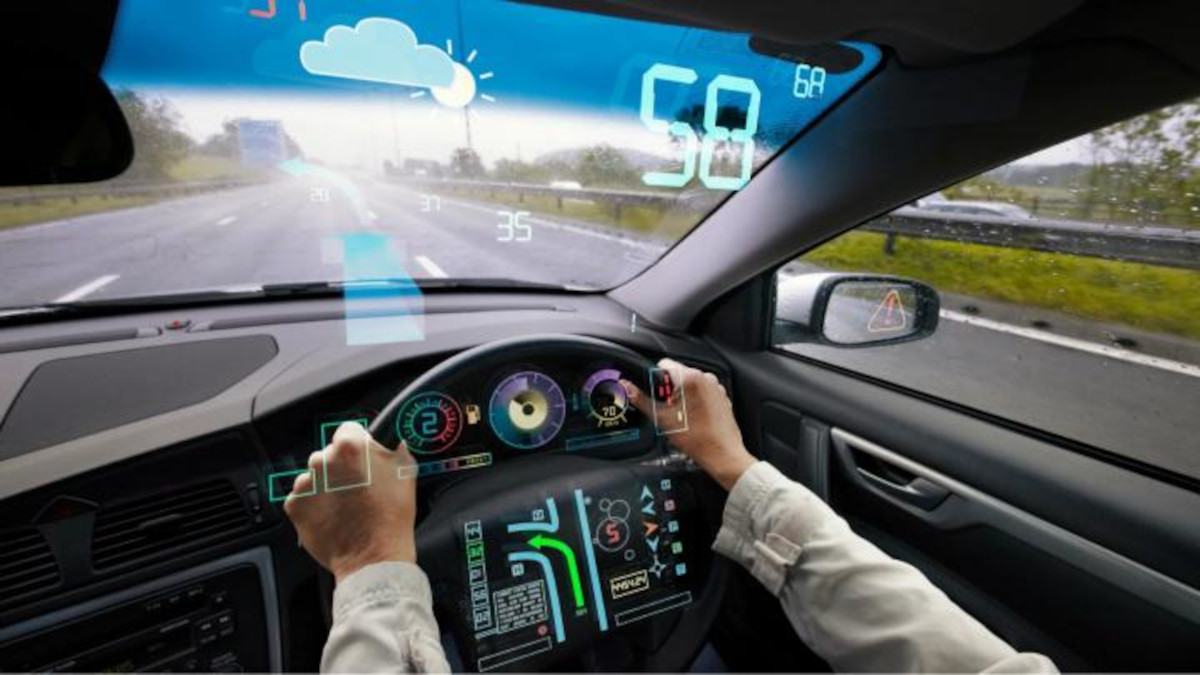The concept of integrating augmented reality (AR) into car windshields is indeed ambitious. Here’s a breakdown of the idea and the challenges associated with it:
- What is parallax? : In simple terms, parallax refers to the apparent displacement or difference in the apparent direction of an object as seen from two different points not on a straight line with the object. When we talk about parallax in the context of an AR-integrated windshield, it refers to the shifting perspective experienced by drivers of different heights and seating positions. If a point on the windshield displays a particular piece of information, its perceived location might shift depending on where the driver is sitting.

- The Challenge: The main challenge, as mentioned, is accommodating the vast array of driver heights, builds, and seating positions. If an AR windshield projects a warning signal or a navigation instruction, it has to ensure that all drivers see it in the right place. Otherwise, the experience could be disorienting or even dangerous. The AR system should be adaptive to offer a consistent experience.
-
Potential Solutions:
- Dynamic Calibration: One possible approach to counteract the parallax issue is to have a dynamic calibration system. This could involve using sensors or cameras inside the car to track the driver’s eye position and adjust the AR display accordingly.
- User Profiles: Cars could allow drivers to save personal profiles where AR preferences and calibrations are stored, similar to saved seat and mirror positions in modern vehicles.
- Zoning: The windshield could be divided into zones where certain types of information are displayed. This might minimize the importance of precision in some areas while emphasizing it in others.
- Safety Concerns: Integrating AR into windshields also brings up safety concerns. Overloading the driver with too much visual information could lead to distraction. Apple would need to find a balance between providing useful AR information and ensuring driver focus remains on the road.
- Regulatory Challenges: The automobile industry is heavily regulated. Even if Apple were to perfect this technology, getting regulatory approval might pose its own set of challenges. Different countries might have different standards and requirements for such innovations.
- Competition and Collaboration: While Apple is a tech giant, the automobile world has its own giants. Companies like Tesla, GM, Toyota, and more are all working on their own advanced tech integrations. Apple would likely need to collaborate with car manufacturers to implement this tech, unless they decide to produce their own vehicles.
- Technical Aspects: Apart from parallax, there would be other challenges like ensuring the AR display is visible under various lighting conditions, dealing with reflections, or even handling situations like a dirty or foggy windshield.
Conclusion
In conclusion, while the concept is futuristic and promising, its realization involves tackling multiple challenges. But if there’s one thing we’ve seen, it’s that technology often finds a way to overcome challenges. The key will be in prioritization: safety first, followed by utility and aesthetics.
ads botom


































